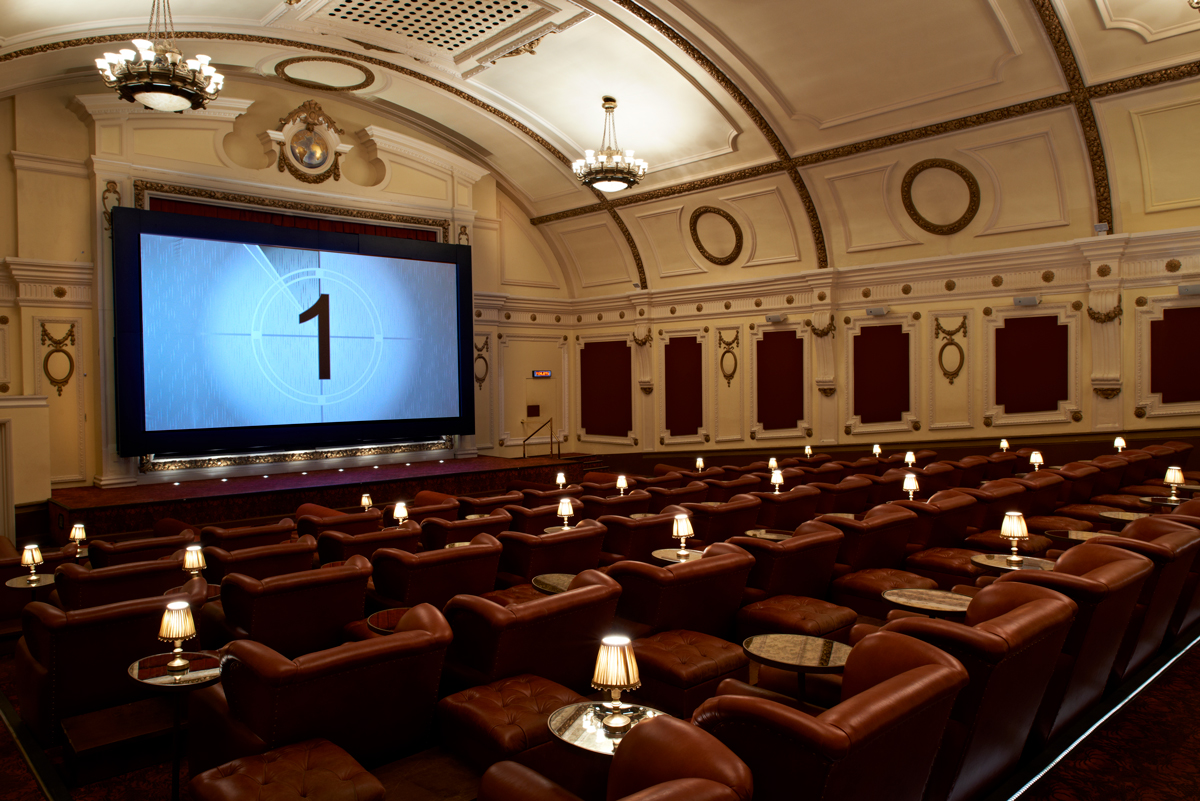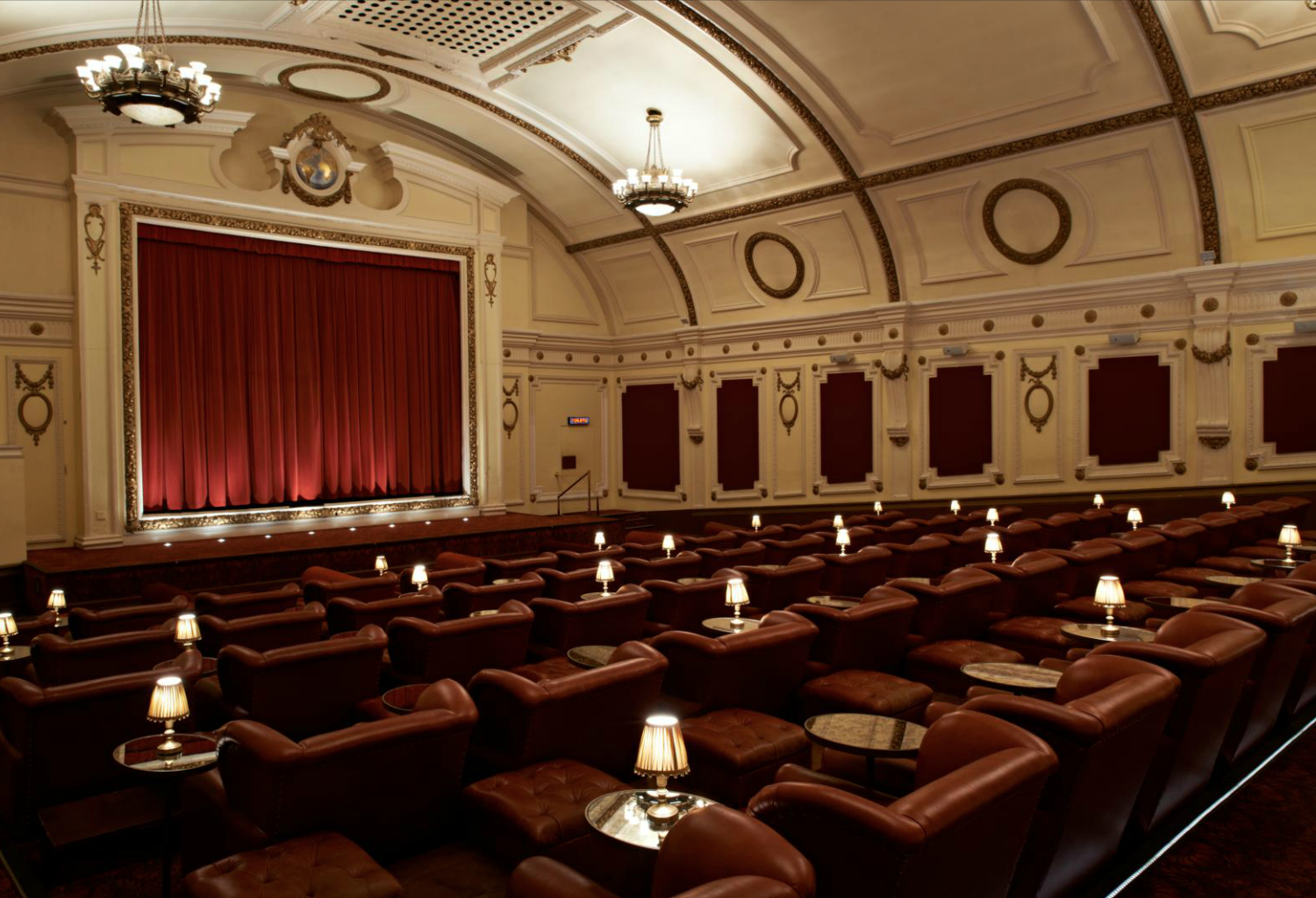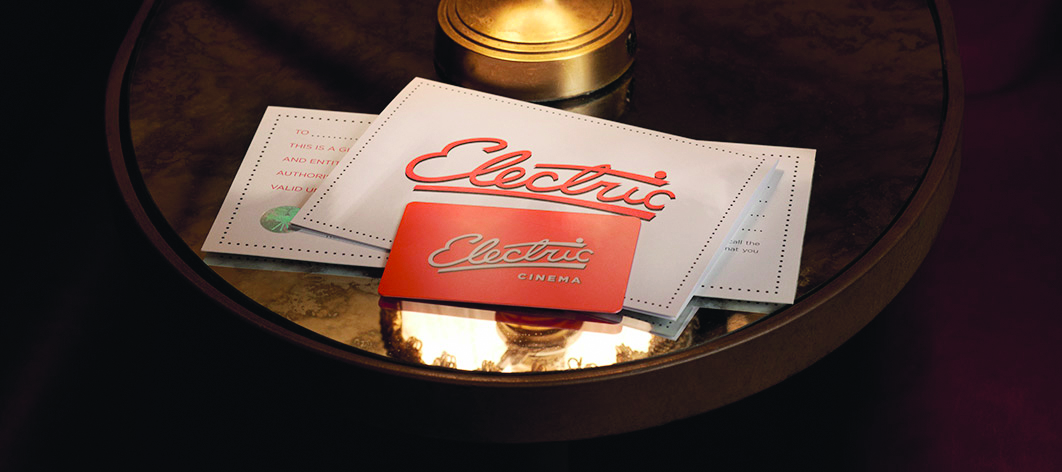
What? One of London’s oldest and now most luxurious cinemas, Notting Hill’s Grade II-listed Electric is the modern definition of a picture palace.
When? The Electric Cinema Theatre opened its doors on 27 February 1911 with a 25-minute biopic of Henry VIII, with the sixpence admission including a bun and an orange. Built by architect Gerald Seymour Valentin, its lookis what is known as Edwardian Baroque – telltale signs include the domed corner roof, paired Ionic pilasters and carved garlands. Inside, the auditorium apes a 17th-century church, with more columns and a grand proscenium arch.
Where? Midway up west London’s Portobello Road, the Electric shares its address with the antiques market. Its fortunes were as chequered as the area. As the popularity of cinema grew, it couldn’t compete with the bright lights of Leicester Square, so focused on showing double bills and older films. By the Forties, attendance was up to 4,000 people a week, despite the bombing raids of the Second World War. However, in the Fifties, Notting Hill saw civil unrest and the Electric declined into what became affectionately known as ‘The Bughole’.

Why? Like an ageing Hollywood star, the Electric managed not one but two comebacks. In the Seventies, it reinvented itself with midnight screenings of weird and wonderful films. This influential era saw directors such as Stephen Frears and Lord Puttnam venturing to the fleapit. But financial crises closed it for eight years – despite a petition signed by the likes of Audrey Hepburn and Anthony Hopkins. Yet it rose again when Peter Simon, founder of fashion brand Monsoon, pumped £2 million into restoration in 1998. Architects Gebler Tooth restored the best bits, while the Soho House Group later introduced state-of- the-art projection – and even double beds – for the ultimate cinematic treat.

191 Portobello Road, W11. Book itelectriccinema.co.uk
The Livingetc newsletters are your inside source for what’s shaping interiors now - and what’s next. Discover trend forecasts, smart style ideas, and curated shopping inspiration that brings design to life. Subscribe today and stay ahead of the curve.
The homes media brand for early adopters, Livingetc shines a spotlight on the now and the next in design, obsessively covering interior trends, color advice, stylish homeware and modern homes. Celebrating the intersection between fashion and interiors. it's the brand that makes and breaks trends and it draws on its network on leading international luminaries to bring you the very best insight and ideas.